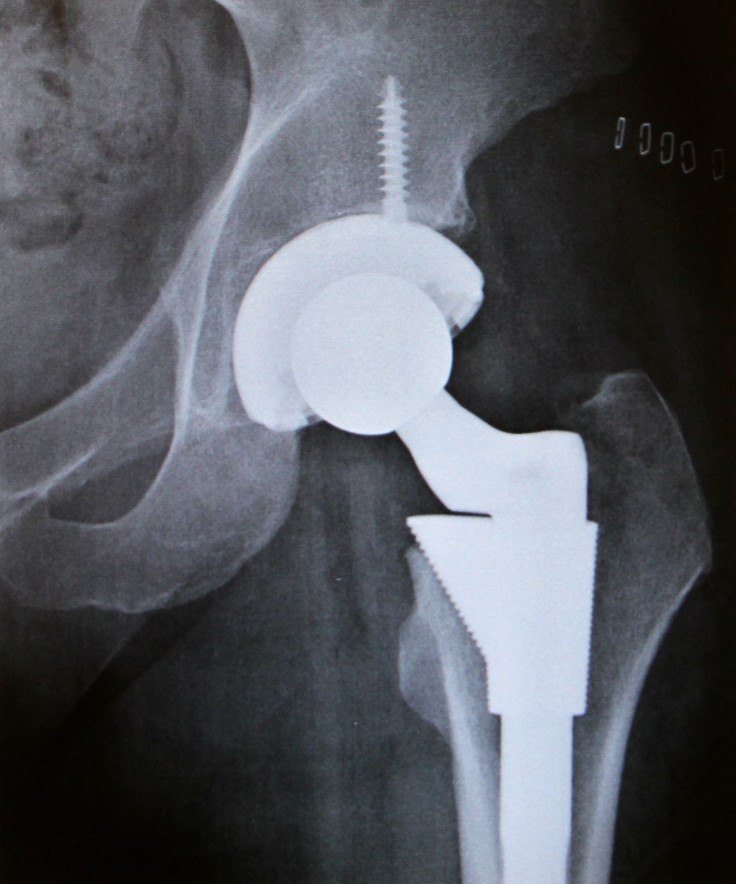Custom Coating Helps Bone Implants Stay Put And Aids Healing Process

Millions of people, especially women and veterans, have joint injuries that require artificial implants, but many prosthetics wear down and jiggle free from their bone attachments. To improve initial success rates, scientists at MIT used nanotechnology to develop a special coating that promotes the incorporation of artificial implants into the native bone.
Nearly five million women in the U.S. suffer from osteoporosis — 'bone decay' — of the hip, which leads to 300,000 fractures per year. The trauma of war classifies veterans as another subgroup with a high incidence of bone and joint fractures.
Thanks to modern advances in artificial joints, it is now easy to repair many of these injuries, but about one in eight fail. That amounts to thousands of hip and knee replacements that require a second or third surgery to revise the prosthetic.
"Revision surgeries are burdensome to the patient as they increase recovery times and often permanently restrict mobility," wrote the authors, who were led by Paula Hammond, a chemical engineer at MIT. "For knee revisions alone, the projected hospital costs may exceed $2 billion by 2030 in the United States."
About half of all revision surgeries are the result for the implant simply slipping off the bone to which it is attached.
Rather than create a better glue for attaching the implants, Hammond and her colleagues decided to take advantage of one of the strongest adhesives available: bone cells.
They developed a special coating for implants that makes the adjacent bone grow around the artificial joints. They used nanotechnology to infuse the "bone varnish" with hormones that promote the growth of nearby bone cells. It also had a scaffold that allows the cells to attach and grow over the implant.
Each veneer could be custom built with multiple layers to regulate how much and how fast the growth hormones were released. In some cases, the healing process might take longer and require sustained release of the hormones. Their new coating that continuously secreted the beneficial drugs for nearly a month.
The new coating made both titanium and plastic implants in rats up to four to five times stronger relative to the standard bone glue used for fake joints.
The next step, according to a podcast interview with Hammond, is to try the discovery in larger animals where there is more physical stress on bones and joints before moving the technology into clinical trials with humans. The process should be expedited by the fact that the components of the coating are already FDA-approved.
Her team has established collaborations with a Boston-area veterans hospital along with the Brigham and Women's Hospital.
Source: Shah NJ, Hyder MN, Moskowitz JS, et al. Surface-Mediated Bone Tissue Morphogenesis from Tunable Nanolayered Implant Coatings. Science Translational Medicine. 2013.
Published by Medicaldaily.com



























